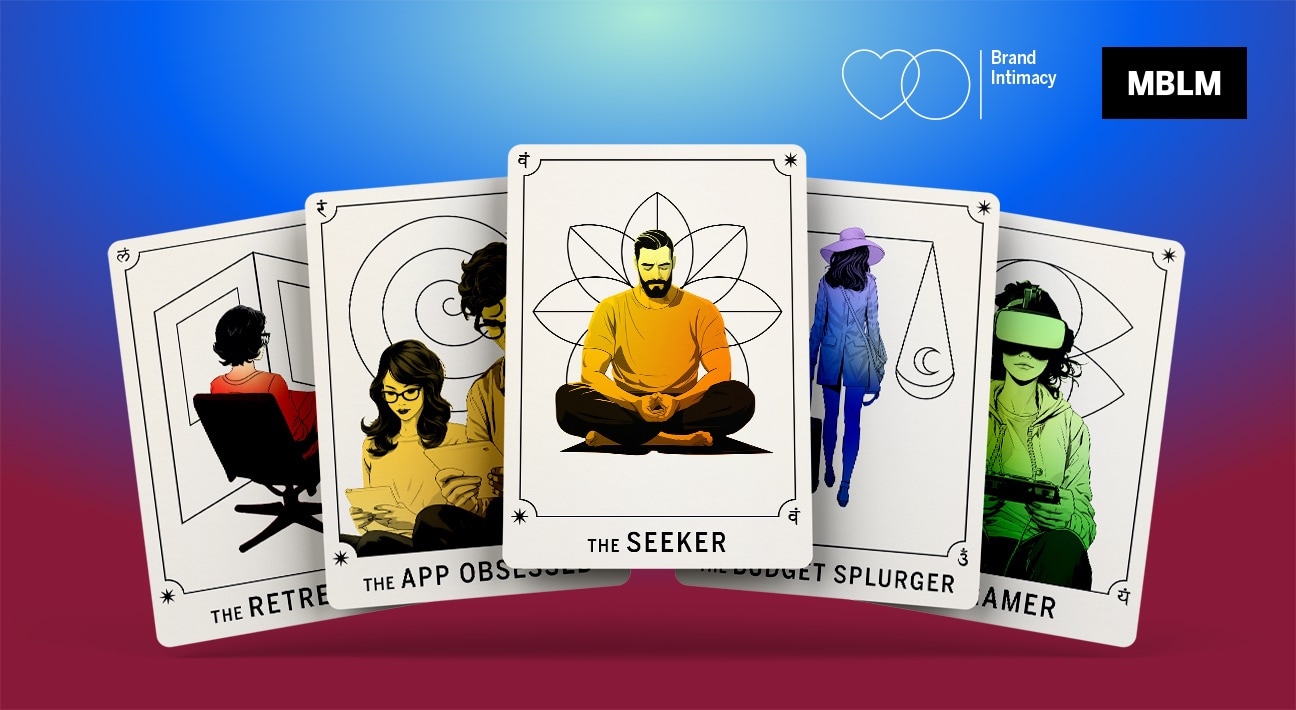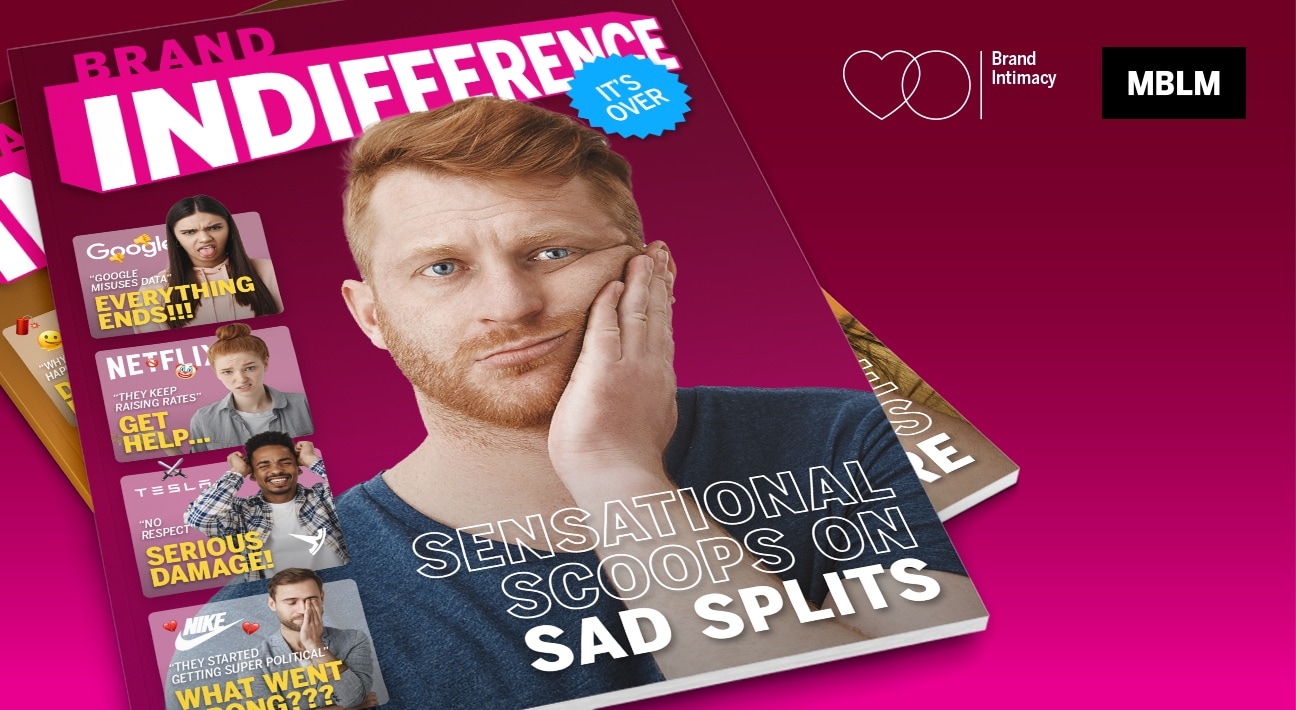Top Ranked Intimate Brands Outperform All Major Financial Indices in Profit Growth and Revenue Growth over Past 10 Years

Top ranked intimate brands outperform major financial indices in profit growth and revenue growth over the past 10 years, according to MBLM’s Brand Intimacy 2015 Report, which examines ultimate brand relationships.
From 2005 to 2014, intimate brands enjoy an average of five percent more revenue growth and 11 percent profit growth over the S&P 500. That translates to an average of $33 billion per year in average revenue for the top brands and more than $9 billion in average annual profit. Brand Intimacy delivers comparable performance to the Fortune 500 as well.
Examining this performance a little deeper, brands that achieve the highest levels of intimacy also enjoy greater price resilience. Consumers of these brands are five times more willing to pay 20 percent more.
This year’s report contains one of the most comprehensive rankings of brands based on emotion, analyzing the responses of 6,000 consumers and 52,000 brand evaluations across nine industries in the U.S., Mexico and UAE. MBLM’s reports and interactive Brand Ranking Tool showcase the performance of almost 400 brands, revealing the characteristics and intensity of the consumer bonds.
“Brand intimacy is a new benchmark for our times and the marketing challenges of today. This year’s findings confirm that the way to think about, build and measure brands can lead to untapped business potential,” stated Mario Natarelli, MBLM’s managing partner.
The report revealed that in the U.S., Apple took first place followed by BMW and Toyota placing second and third, respectively. The top 10 is rounded out by: Amazon, Harley-Davidson, Disney, Coca-Cola, Whole Foods, GMC and Samsung.
Other notable findings include:
- Apple ranked #1 in the U.S., Mexico and the UAE
- The automotive industry is the strongest performing of the nine industries analyzed in the U.S., Mexico and the UAE
In the U.S.:
- Retail came in second and health & beauty came in third; travel & leisure is the poorest performing category
- Twenty-five percent of people surveyed have intimate brand relationships
- Those under 35 tend to have emotional relationships with technology, entertainment and retail brands, while those over 35 have stronger connections with consumer packaged goods
- Harley Davidson was the #1 brand among men
- Toyota ranked highest for fulfillment, which centers on exceeding expectations and performance
- Lego ranked highest for its associations with nostalgia
- Google ranked #1 for enhancement, enabling improvement through use of the brand. Google also ranked 16th overall
- Ben and Jerry’s was seen as strongest on indulgence
- Mercedes Benz is the top brand related to the identity archetype, meaning it reflects an aspirational image or admired values
- Startup Uber ranked 14th among automotive brands
To download the full Brand Intimacy 2015 Report or explore the Ranking Tool please visit: mblm.com/brandintimacy/.
Methodology:
During the spring of 2015, Praxis Research partners conducted an online quantitative survey among 6,000 consumers in the U.S., Mexico and the UAE. Participants were screened respondents on age (18-64) and annual household income ($35K or more) in the U.S. and socio-economic levels in Mexico and the UAE (A, B and C socio-economic levels). Quotas were established to ensure that the sample mirrored census data for age, gender, income/SEL and region. MBLM and Praxis Research crafted the survey instrument using insight from extensive qualitative research conducted on the topic of Brand Intimacy. The survey was designed primarily to understand the extent to which consumers have relationships with brands and the strength of those relationships, from fairly detached to highly intimate. It is important to note that this study provides more than a mere ranking of brand performance, and was specifically designed to provide prescriptive guidance to marketers. The agency modeled data from approximately 52,000 brand evaluations to quantify the mechanisms that drive Brand Intimacy. Through factor analysis, structural equation modeling and other sophisticated analytic techniques, the research allows marketers to better understand which levers need to be pulled to build intimacy between their brands and consumers.

